The 17 best books about Iran

Legendary characters and kings, one of the oldest civilizations of humankind, once the most powerful empire in the world and today, a controversial Islamic regime fighting against Saudi Arabia for hegemony in the region.
Iran is the most challenging country to understand out of all the countries that comprise the Middle East.
In the West, it is the most misunderstood too, along with Saudi Arabia.
When you travel in Iran, it’s not uncommon to be overwhelmed by all the layers of history and civilizations visible in the incalculable historical sites across the country.
Having a proper conversation with a local Iranian about modern politics is also tricky, as there is so much to assimilate and their opinions vary tremendously.
That’s why, before traveling to any new destination, especially in countries like Iran, I always grab one or two books to have a better understanding of what’s actually going on in the country.
This simple habit can be a game-changer in your trip.
In this article, I wanted to show you the best books on Iran, classified into history, politics, novels, women, poetry and guidebooks.

Best books on Iran politics
All the Shah’s men – Stephen Kinzer
This is the best book on Iran’s coup.
Prior to the 1979 Revolution, the country was ruled by a pro-USA Shah.
This Shah had come into power in 1953, after carrying out a coup d’état backed by the USA, in which the democratically elected Prime Minister Mohammad Mosaddegh was overthrown.
In this book, American journalist Stephen Kinzer, tells us why the USA had an interest in putting an end to Iran’s democracy.
A great book to understand the relationship between Iran and the USA, as well as all the events that eventually lead to the Islamic Revolution of 1979.

Daughter of Persia – Settareh Farman Farmaian
Settareh Farman Farmaian is an Iranian woman from an aristocratic family, born in Iran in 1921. She studied in the USA for 10 years and returned to Tehran to found the first social work school ever in Iran.
In her book, Settarteh gives her perspective of the events that shaped Iran’s modern politics, from the 1953 American-backed coup d’état to the Shah’s regime and today’s Islamic Republic.
During the Revolution, Settareh was arrested by the regime for having counterrevolutionary ideas. She had been serving the needy for more than 20 years.
This book is her autobiography.
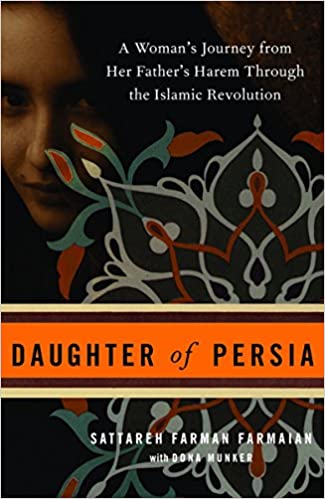
A History of Modern Iran – Ervand Abrahamian
This book could easily go into the history section but, since Ervand Abrahamian puts a big emphasis on Iran’s politics and the transformation of their society, I decided to put it here.
Anyways, in this book on Iran, Ervand tells us about its history in the 20th century, from the discovery of oil to all the Western interventions, the rule of the Shah, and the 1979 Revolution that led to today’s Islamic Republic.
While this book narrates everything that has to do with the local and international politics of Iran, Ervand’s objective is for readers to understand how all these changes affected Iranian society.

The Shah – Abbas Milani
This is the most relevant book on the Shah of Iran, indispensable to understand the country’s modern politics.
Today, Iran is an Islamic dictatorship with little freedom and, as I said, prior to the 1979 Revolution, the country was ruled by a pro-American Shah.
During his rule, there weren’t any Sharia laws, he improved gender equality, made many social reforms and reduced the power of the Shia clergy.
Therefore, it’s easy to fall in with the assumption that the country went from good to bad, and that most liberal Iranians are missing those years.
However, when I was backpacking in Iran, I learnt that he also had a dark side, which is why he triggered a massive revolution against him.
This book focuses on the good and the bad of the old Shah, and compares it with today’s Islamic regime.
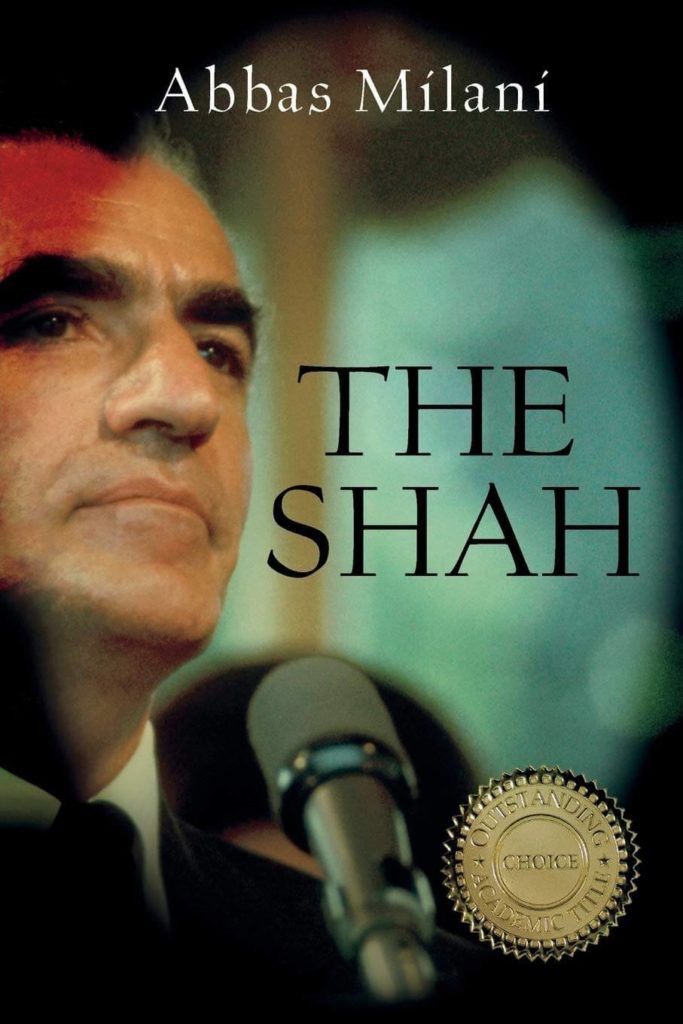
Best books about Iran history
The Persians – Homa Katouzian
Written by an Iranian historian, this is a great book on Iran to get a glimpse of the evolution of its history, from the ancient Persian Empire to today’s Islamic Republic.
Nevertheless, what makes this Iranian book particularly great and unique is the author’s perspective: while insisting on the greatness of the Persians and their contribution to the world’s literature, for example, he claims that Iran’s main problem comes from the fact that, over the centuries, all Persian and Iranian rulers have only thought about having more power and were characterized by their short-term thinking.
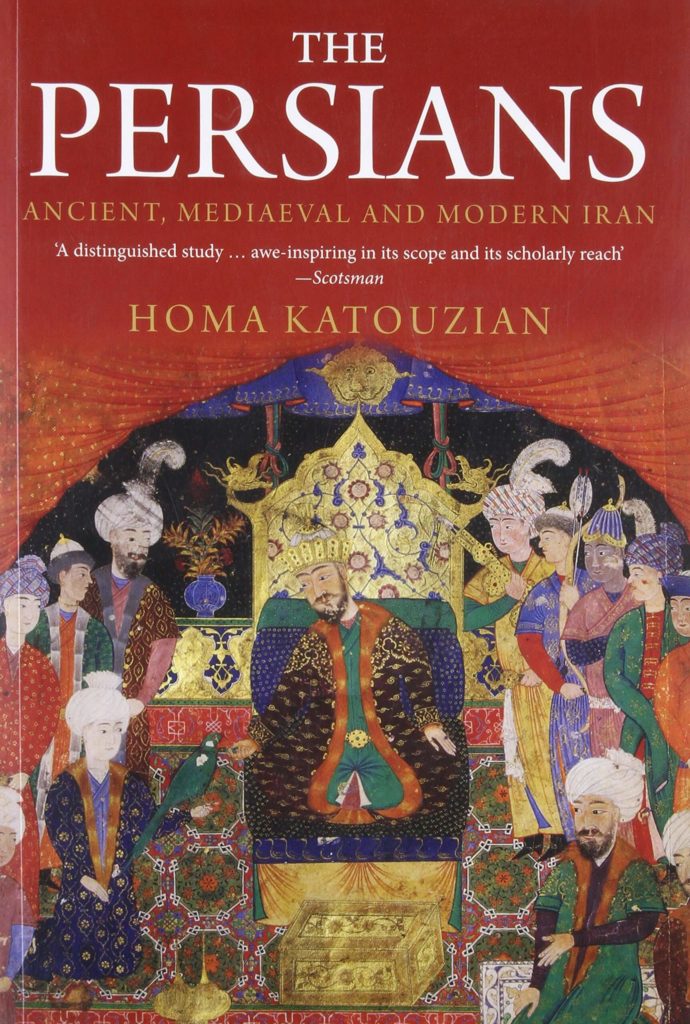
A history of Iran: Empire of the mind – Michael Axworthy
A proper history book in which Michael Axworthy tells us the whole history of Iran, from the Achaemenid Empire in the 6th century B.C to today’s Islamic Republic.
The author touches pretty much all pillars that shaped Persian and Iranian society, military, political, cultural and religious.
This is the most complete and best book on Iran’s history.

Best Iranian novels
Rooftops of Tehran – Mahbod Seraji
This is a very-easy-to-read, addictive novel that narrates the story of a young boy, Pasha Shahed, from Tehran who liked to spend his summer days on the rooftops of the city and was in love with his neighbor Zaria, a beautiful girl engaged to someone else.
The story takes place in 1973, during the last Shah’s rule, times in which there was little political freedom and police repression, and young Pasha becomes unwittingly involved with the secret police.

The Cypress Tree – Kamin Mohammadi
This is my favorite novel on Iran.
The story of a writer and his family (currently a BBC journalist) who had to live in exile in the UK after the 1979 Revolution.
This book is not only a critique of the dictatorial regime but also, explains, in a very nostalgic way, all the things the author misses from Iran, with vivid descriptions of the most beautiful things from all over the country.
It’s a political novel that tells the struggles of Kamin and his family which, at the same time, makes you wish to travel to Iran.

Land of the Turquoise Mountains: Journeys Across Iran – Cyrus Massoudi
The author is an Iranian born in the UK whose parents had to migrate to the UK to pursue a better life, after the 1979 Revolution.
Similar to the Cypress Tree, Cyrus tells us all the great things about Iran, with the small difference that he had never been there before the book; is an essay of his own 3-year journey through Iran to discover his actual origins.
One of best books on Iran that will definitely make you want to travel there.
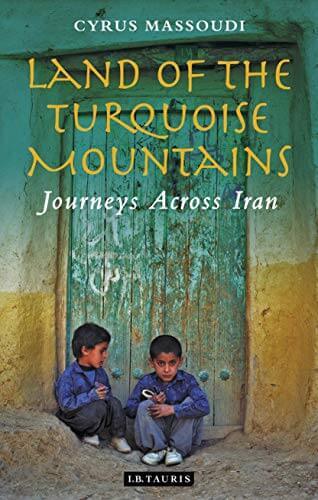
Best books on women and feminism in Iran
Since the situation of women in Iran is such a controversial topic (and there’s so much written about it), I decided to make it a separate section.
Persepolis – Marjane Satrapi (Graphic novel)
This is such a cool story, originally a graphic novel and then turned into an animated movie that had an Oscar nomination.
It tells the story of a little Iranian girl, from the Islamic Revolution until today. While fundamentalists forced women to wear hijab, Marjane discovered punk music, ABBA and Iron Maiden.
Then, she moved to France, a country she fell in love with but, since she missed her family so much, she decided to move back to Iran, even though this involved putting her hijab on and follow other Sharia rules.
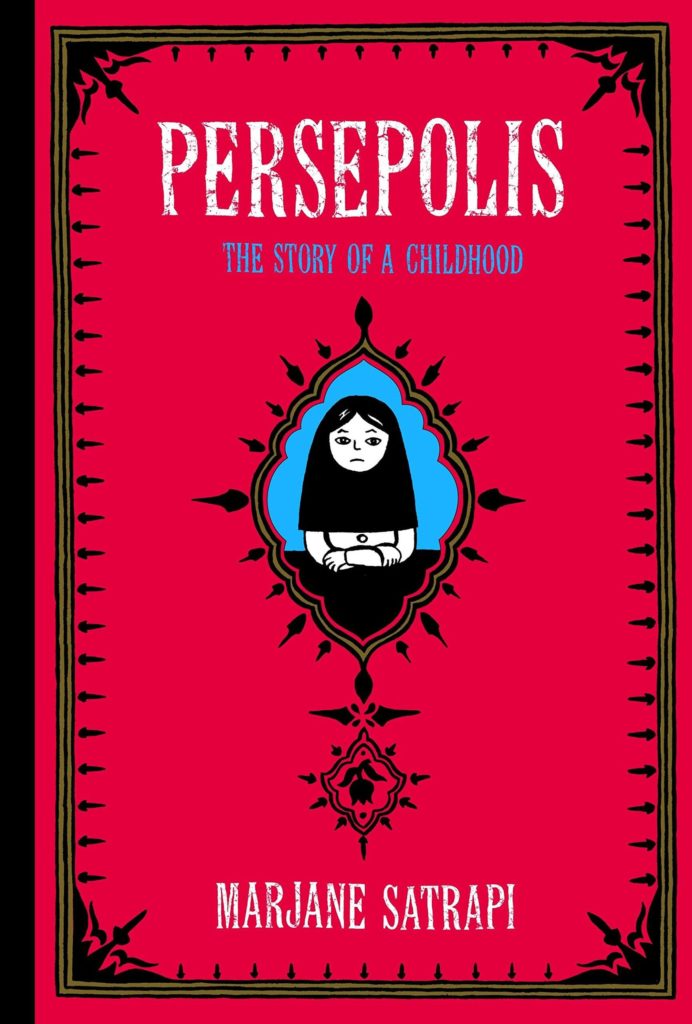
Reading Lolita in Tehran – Azar Nafisi
This is one of the most famous Iranian novels in the West, which tells the story of a teacher who decides to stop working – after the Islamic Revolution – because she refused to wear hijab.
Since she doesn’t want to stop teaching, however, she begins organizing gatherings at her house with seven of her brightest students to read and discuss books forbidden in the country, in this way becoming 8 women who defied the confines of life in revolutionary Iran through power of literature.
The Iranian novel, however, is famous because it was well-embraced by the Western media, but I found it a bit boring, not very revolutionary, but rather they talk too much about different authors and their literature.

Jewels of Allah: The Untold Story of Women in Iran – Nina Ansary
Perhaps, the most complete book about women in Iran.
They say that, during the Shah’s rule, Iranian women won a lot of freedom. They were given the right to vote, were free to wear mini-skirts and basically, they were more active and visible in Iranian society.
Then, the Islamists took over and the gender segregation came back.
That’s what many people say but, apparently, it isn’t entirely true. It is a convenient half-truth and the reality is much more complicated and unexpected.
For example, something they don’t tell you is that the Shah actually banned the veil, in a country which was actually quite conservative, meaning that he was the other extreme that triggered the Islamic Revolution.
This book tells you the misunderstood story of women in Iran, explained by an Iranian woman named Nina.
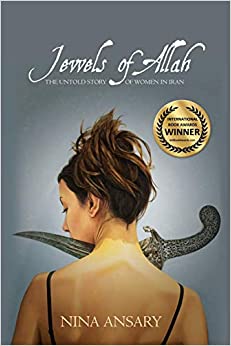
Best poem books on Iran
To be very honest with you, I am not a big fan of poetry but Iran is home to some of the greatest poets of all times, and it plays a key role in today’s society; it is seen and understood in a different way from in the west.
Shahnameh – Abolqasem Ferdowsi
Shahnameh has been acclaimed worldwide as one of the great masterpieces of world literature.
And, for a change from politics, Shahs and Islamic Revolutions, Shahnameh tells the story of pre-Islamic Persia, from the creation of this ancient civilization to the Arab invasion in the 7th century.
Shahnameh is deeply inserted into the Persian culture, with mentions and appearances in hundreds of other works. It is, definitely, the most comprehensive poem covering centuries of Persian literature.

The Divan of Hafez – Hafez
Hafez is another of the greatest poets in Iran. He even has his own mausoleum in Shiraz, which turns out to be one of the most important tourist attractions in the city, both for locals and foreigners.
Divan means poems, so here I am recommending a book containing most of his poems.
Pretty much any Iranian can recite some of his verses and still today (he is from the 13th century), his poems are embedded in daily life and conversations.
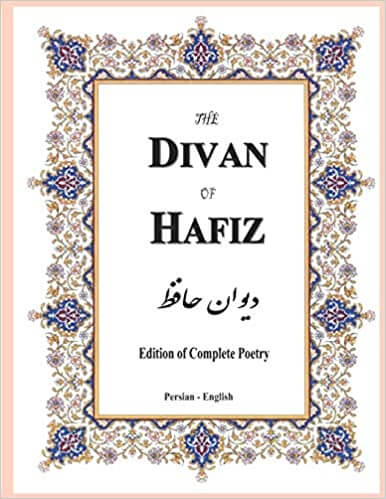
Best travel books on Iran
Iran travel guide – Bradt
The best guidebook on Iran is Bradt’s.
Bradt has always the most comprehensive guides to the most off-beat countries and the one they wrote for Iran is one of their most complete books, with loads of insights and it mentions plenty off the beaten track spots.
I always choose Bradt over Lonely Planet.
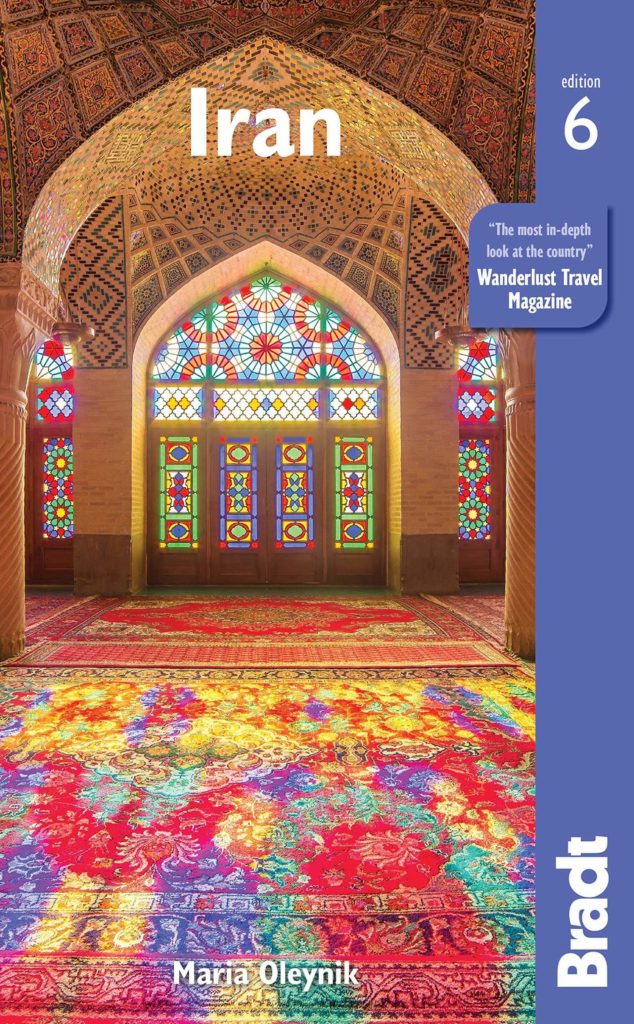
Iran travel guide – Lonely Planet
I prefer Bradt because is more comprehensive, but the Lonely Planet to Iran is not bad and gives a pretty complete overview.

Iran: The Essential guide to customs and culture – Culture Smart!
Culture Smart are a set of books that give deep cultural insights from around the world, also providing tips on how to behave and cultural etiquette, something pretty useful in a country like Iran, especially for women.
It also goes deeper, by elaborating that Iran is not only an Islamic country with Islamic rules but Zoroastrianism (the main religion during pre-Islamic times) still plays an important role in their everyday culture.
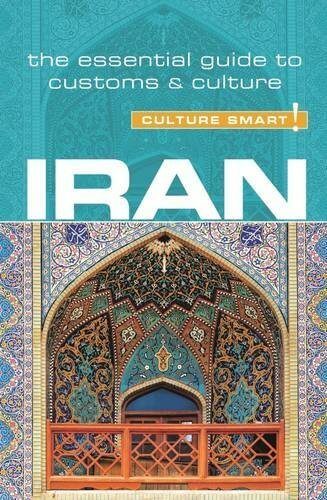
More information for visiting Darband
📢 In my Travel Resources Page you can find the list of all the sites and services I use to book hotels, tours, travel insurance and more.
Don’t forget to check our travel guide to Iran.
As well as all our Iran articles:
- Iran itinerary
- Darband Travel Guide
- Travel insurance for Iran
- VPN for Iran
- Solo Female Travel Guide to Iran
- Tehran Travel Guide
- Qeshm Island Travel Guide
- Travel Guide to Shiraz
- A trip to the desert of the Kaluts
- Trekking Guide to Zagros Mountains
- Meeting the Qashqai People
- Fars Province Travel Guide
- Visa Guide for Iran
- Masouleh Travel Guide
- Travel Guide to Golestan Province
- Iran-Iraq border crossing
- Is Iran Safe?
- Best Hotels in Tehran

One reply on “The 17 best books about Iran”
Amazing list and of my favorite book “Land of the Turquoise Mountains” I thin must read for Iranians, especially the younger generation who left their county at a young age thanks for sharing a great article.